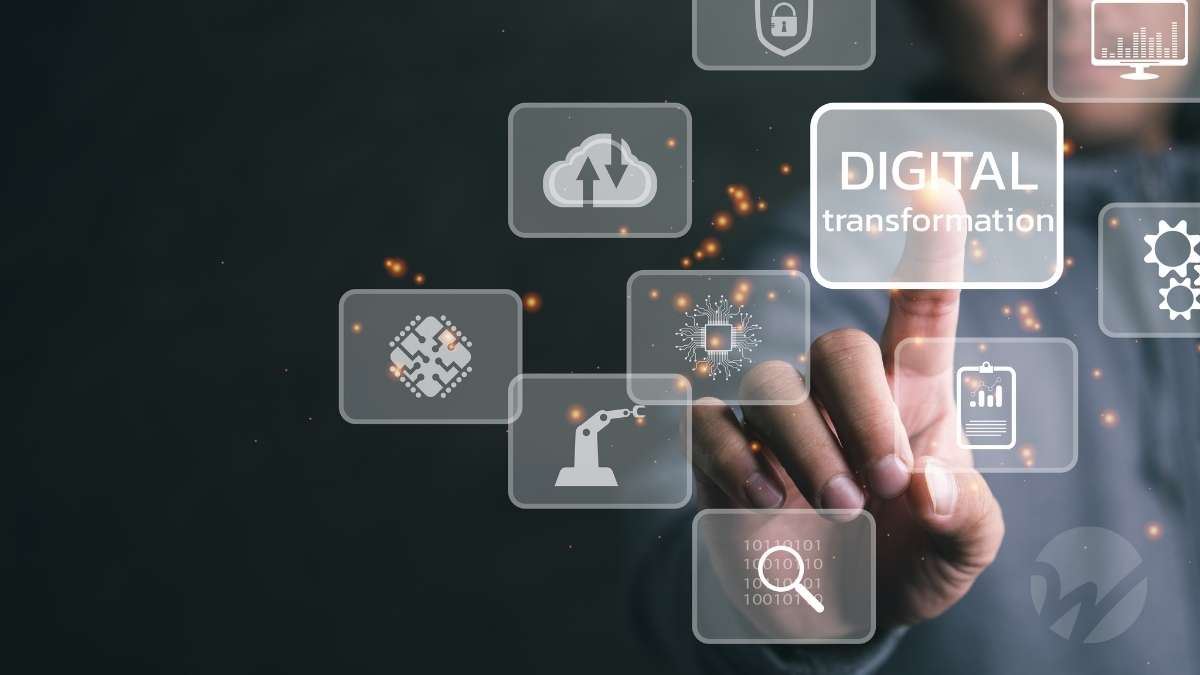Electric vehicles (EVs) are becoming more popular by the day. Not only do they save you gas dollars, but they also have an amazing pick up. According to recent statistics, the EV share of the vehicle market in the U.S. was 7.6% in 2023, up from 5.9% in 2022.
To incentivize the purchase of EVs, the Inflation Reduction Act introduced a federal tax credit of up to $7,500 for eligible vehicles. The tax break for EVs and fuel cell vehicles is called the Clean Vehicle Tax Credit. This credit went into effect January 1, 2023, and continues through 2032.
Here are answers to some frequently asked questions regarding the federal tax credit for electric vehicles.
Which vehicles qualify for the credit?
To qualify for the full $7,500, there are several requirements:
- The vehicle must be a new plug-in electric or fuel cell vehicle.
- It must have a battery capacity of at least seven kilowatt hours.
- It must meet critical mineral and battery component requirements for vehicles placed in service on or after April 18, 2023. (If the vehicle meets only one of the two requirements, the buyer is eligible for a $3,750 credit.)
- The vehicle must undergo final assembly in North America and have a gross vehicle weight rating of less than 14,000 pounds.
- It must be purchased for personal use (not for resale) and must be primarily used in the United States.
Are there restrictions regarding the price of the EVs?
Yes. To claim the full credit, the vehicle’s manufacturer suggested retail price (MSRP) can’t exceed:
- $80,000 for vans, sport utility vehicles and pickup trucks, and
- $55,000 for other vehicles.
Are there income limits for the buyer?
Yes. To qualify for the new vehicle credit, your modified adjusted gross income (MAGI) can’t exceed $300,000 for married couples filing jointly, $225,000 for taxpayers filing as heads of households or $150,000 for other filers.
How is the credit claimed?
The credit can be claimed one of two ways:
- On your tax return, by filing Form 8936 – Clean Vehicle Tax Credit.
- Alternatively, beginning in 2024, you can choose to transfer the credit to an eligible dealer when you buy a vehicle, which will effectively reduce the vehicle’s purchase price by the credit amount. If you don’t transfer the credit, it’s “nonrefundable” so you can’t get back more on the credit than you owe in taxes. And you can’t apply any excess credit to future tax years. Please be aware though that if you go this route and claim full credit at the time of purchase, you may have to repay full or part of the credit back to the IRS, if at the time of filing taxes, your MAGI exceeds the thresholds given above.
Does a used EV qualify for a tax credit?
Yes, but it’s not worth as much as the credit for new vehicle and the income limits are lower. Beginning January 1, 2023, if you buy a qualified used EV or fuel cell vehicle from a licensed dealer for $25,000 or less, you may be eligible for a credit of 30% of the price of the EV up to a maximum of $4,000. Your MAGI can’t exceed $150,000 for married couples filing jointly, $112,500 for taxpayers filing as heads of households or $75,000 for other filers.
Are there restrictions regarding the price of used EVs?
Yes. The price of a used EV cannot exceed $25,000 to claim the credit.
Check before you buy
If you’re interested in purchasing an electric vehicle, the tax credit can be a powerful incentive. But before you buy, make sure you meet all the eligibility requirements so you’re not disappointed. Many taxpayers and vehicles don’t qualify. Contact your trusted Wegner tax advisor for assistance determining your eligibility and any other tax questions.





